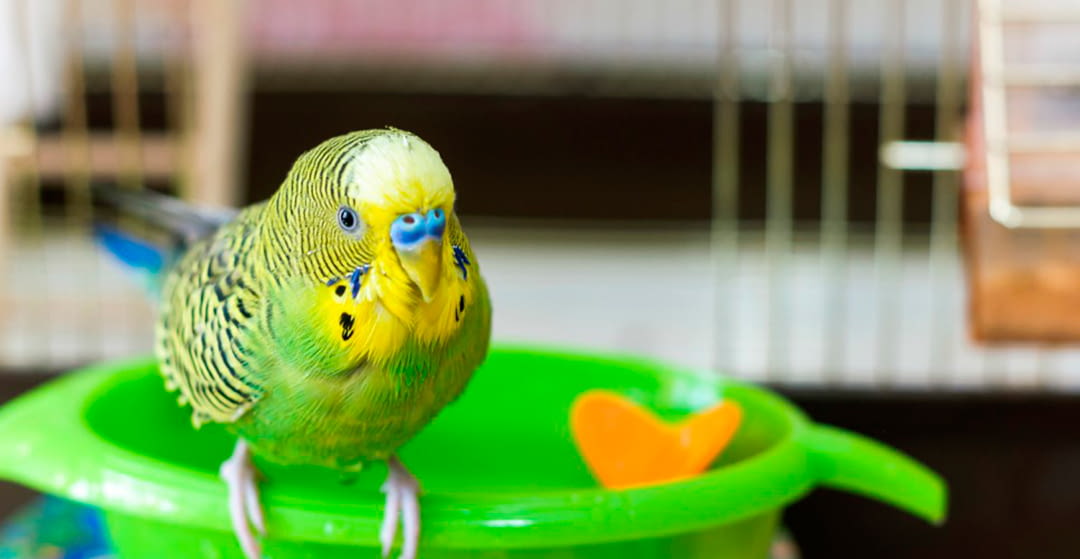
In this article we move some concepts to take into account to transmit to your customers to prevent heat stroke in birds and its fatal consequences.
The heat stroke in birds is life-threatening. All living beings can suffer a severe heat stroke, including people. But, in the case of birds, this is a very dangerous problem because their reaction capacity is very small.
It is important to know the symptoms of heat stroke in birds to act immediately. And how to protect them to avoid getting to that situation.

SYMPTOMS OF HEAT STROKE IN BIRDS
1. High body temperature
When the ambient temperature exceeds the 26,7ºC birds begin to enter what is known as heat stress.
If you do not remedy and act to lower this temperature, you will most likely continue to rise quickly, causing a heat stroke in birds.
2. Erratic movements and strong breathing
One of the first symptoms of heat stroke in birds is erratic movements appearing other confusing movements:
– The bird is placed with the feathers attached to the body and the wings separated, trying to lower its body temperature.
– Breathe with your beak open to try to catch more air, as if you were exhausted.
3. Tremors and convulsions
When heat stroke in birds is about to happen symptoms vary. At that time the bird remains on the ground as without force. Apathetic, exhausted. As if he could no longer do anything for himself to avoid the heat stroke.
And quickly he begins to suffer tremors and convulsions. This is a critical moment because you may be about to lose knowledge. If this comes the ability to react on its part is null and by yours and extremely short. You need to refresh it immediately, but without causing thermal shock.
HOW TO PROTECT BIRDS FROM HEAT STROKE
To avoid reaching the critical point for the bird's life it is important to prevent heat stroke in birds. Taking measures in advance will increase the animal's chances of survival, even in summers and particularly warm areas. This is even more important in birds that due to their species or state of life or health are more likely to suffer with rising temperatures.
1. Attend to weather forecasts and high temperature alerts to make decisions accordingly.
This measure is essential especially if you are going to leave home and the bird or birds are going to stay alone deciding what is the best space for them by modifying their usual location and looking for cool spaces, the shade is always the best ally.
As for programming the air conditioning it is convenient to remember that it is not appropriate to receive the direct cold from a fan or air conditioner.
2. Leave plenty of fresh water at your disposal.
Besides preventing heat stroke is vital for your hydration.
It is better to anticipate potential problems by putting more than one device to drink water since an accident can happen that overturns it, even if it is highly unlikely, and it can even happen that it takes time to return home.
3. Refresh the birds on very hot days
When the temperature exceeds 26.5ºC, additional measures must be taken to cool birds, for example by spraying them with water, always safely and without leaving them exposed to drafts.
Actions such as lowering blinds or often renewing bathing water are also suitable to avoid heat stroke in birds.



